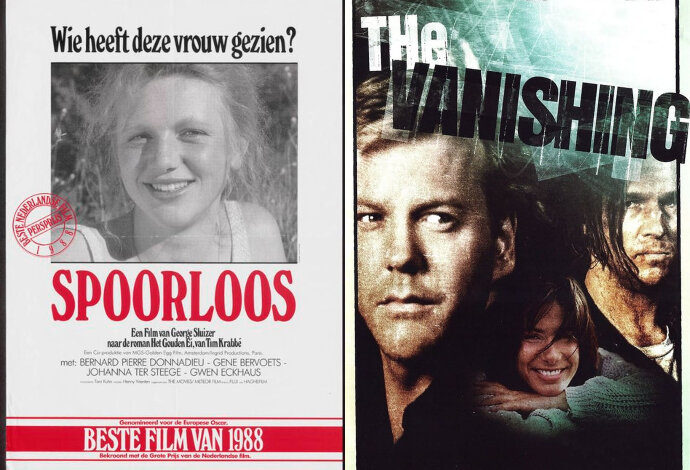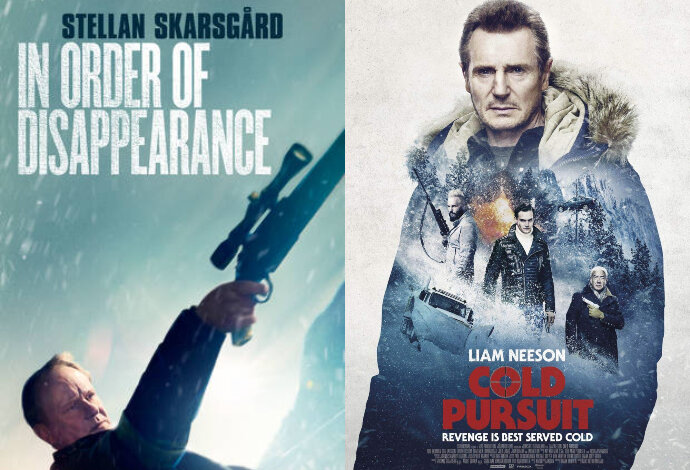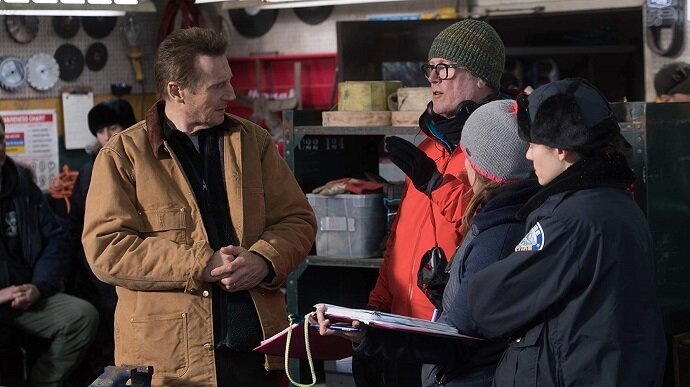There’s no doubt that a monumental movie event is deeply satisfying. However, after a great film is made, it becomes a curse of its own. The director still basking in the glow of his success, now faces the unenviable task of recreating that same result in a subsequent project. In some cases, they are even tasked to create a similar movie by studio executives, hungry for financial opportunities.
Such is the dilemma of creatives who strive for commercial success, because a formula once rehashed feels exactly that - rehashed. Sequels were once the solution to this in the past decades, even if general opinion is usually that it is sub par to the original.
Then in the last decade, prequels became highly popular, as origin stories became the centre of attention. This seemed to have been considerably more popular than sequels, but there’s one other category that is seeing a resurgence in the past few years - remakes.
These are often approached in more of a stylistic sense, with a new team reworking the original for a more updated look and relevance. But there are a few titles that retain the original director - no doubt a challenging demand, because how will you create a new vision that isn’t a complete copy?
Here are four films that have been remade by their original directors, and we compare, to see if they work.
The Grudge

2002 vs 2004
Director Takashi Shimizu created arguably the second largest export after Sadako from The Ring, with his croaking mother and mewing boy in a cursed house. The incredible success in America meant he quickly followed up with The Grudge, working with producers Sam Raimi, Robert Tapert and Takashige Ichise.
It’s quite a turnaround for him, as he was initially reluctant to continue working on any projects linked with Ju-On, but Raimi convinced him with a promise to authenticity - even a Japanese crew! It worked, and the remake earned over $180 million at the box office. Much of this success was attributed to not only Shimizu’s skill at translating the Japanese horror to screen, but also to Sarah Michelle Gellar’s performance, who plays the central figure to the story.

The difference between the two is significant, and will appeal to different crowds. The original Ju-On: The Grudge was non-linear, and featured more moments of psychological anticipation and creepy horror. The Grudge is more chronological, which lends to better digestion of the storyline for most audiences. The scares were more plentiful, and truly more terrifying with the enhanced effects.
For another reboot, why not catch the new version coming out in 2020? It’s directed by Nicolas Pesce, and delivers the same structured form, but with wonderful tributes (such as the fingers coming out of the hair) no doubt sanctioned by the same producers of Raimi, Tapert, and Ichise once again.
Funny Games

1997 vs 2007
Without a doubt, the 1997 Funny Games was wicked. Director Michael Haneke tells the story of an affluent family terrorised by two strangers in their own home, and creates a psychological masterpiece that had many gasping. It’s unpredictable and therein lies the “entertainment”, as the intruders label it, and so maybe with a remake exactly a decade later, a lot was lost upon rewatching.
The 2007 Funny Games was a shot-for-shot remake, identical in every way to the original film in Austria, except that it featured a different cast. Haneke, who found the story relevant to the people in America, had always wanted to set it in The States, but created the original in Austria due to budget constraints. So when producer Chris Coen offered him the opportunity, he took it.

Even Haneke regretted his decision to recreate an identical piece, simply because it felt restrictive at parts and he had grown visually in the decade between. Luckily, the resulting film was still kept watchable, thanks to the stellar cast of Naomi Watts, Tim Roth, Michael Pitt, and Brady Corbet. Watts and Pitts in particular played out the characters with greater depth, though the original actors had relative anonymity on their side, making it seem that much more realistic and disturbing.
The Vanishing

1988 vs 1993
Spoorloos was shown in 1988 and immediately received critical and commercial success. It has at its core an existential theme, spitting out morality, obsession, social constructs, amongst many other probing questions. Director George Sluizer notched his belt with an incredible work, before The Vanishing - his Hollywood remake - came along in 1993.
Yes, the story follows the same arc of a boyfriend desperately trying to come to terms with the disappearance of his girlfriend. It also includes the horrifying encounters when he meets the kidnapper and risks everything to find out the truth. But while the former is an expert manipulation of processes and investigates into the nature of evil, the remake is really just a mystery crime thriller title, devoid of the precious musing the original delivers and the crowd enjoyed.

The Vanishing may have Sandra Bullock and Kiefer Sutherland presenting a weighty performance, but the script never moves past a simplistic good-versus-evil theme - one that can be found in many other Hollywood productions. It also deviates from the original ending, which serves up a Hollywood cliche, but ultimately killed the film of any potency.

2014 vs 2019
You definitely need a sense of humour to deal with the longer nights in the Nordic countries during winter. And if you happen to be a film director, all the better! Hans Petter Moland channels his wit and cheek into a deliciously dark story of a father avenging the death of his son. Hardly funny material but catch In Order of Disappearance and you’ll see how it comes through.
From clever juxtaposition of lines to delivering irreverent nonchalance that borders on ridiculous, the revenge tale stays buoyant and likeable, especially when delivered by a charismatic Stellan Skarsgård. If all this sounds very Taken to you, then say hello to the lead in the remake - Liam Neeson.

The man has cornered the market on an especially talented hunter out for revenge, and in Cold Pursuit, he presents the same thread except with a lot more humour. The Hollywood production has cleverly allowed Moland to keep all of his knack for tongue-in-cheek situations, while delivering plenty of action and characterisation wrapped up in the glossy production of tinseltown. There’s no major difference other than its polish, and switching rival gangs from Serbian and Norwegian to White Caucasian against Native American, but yet it feels like a wonderful cousin of the former. It’s a tough call to choose the better one but this remake definitely succeeds.






